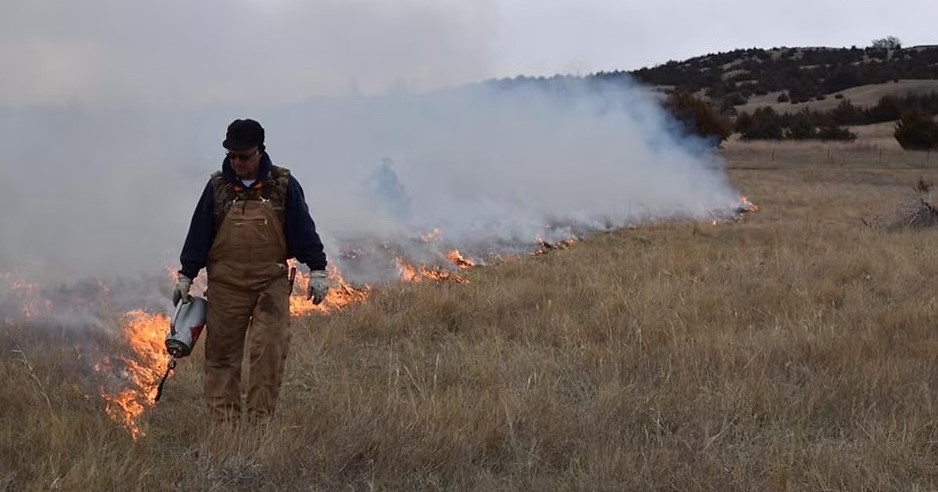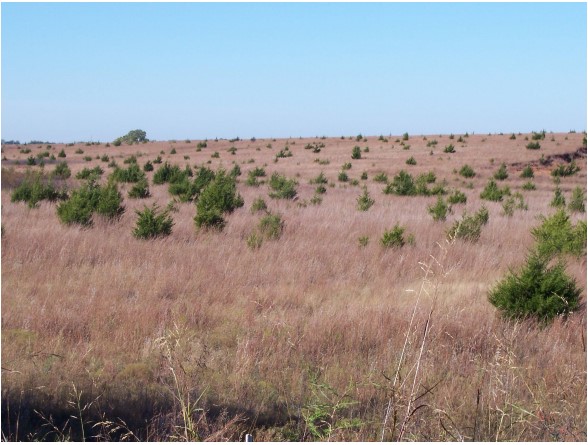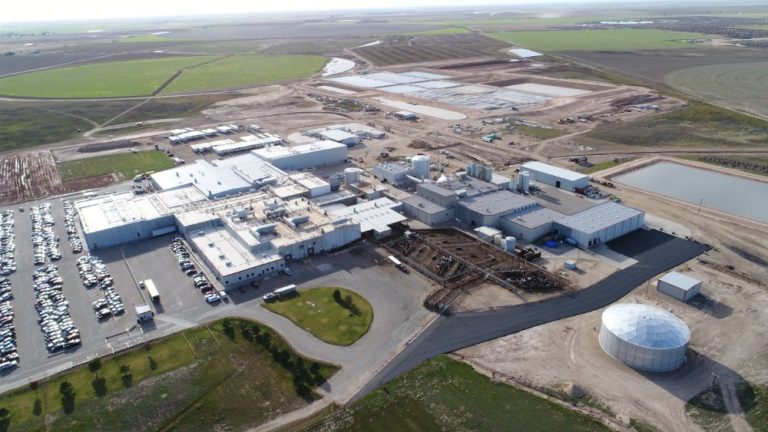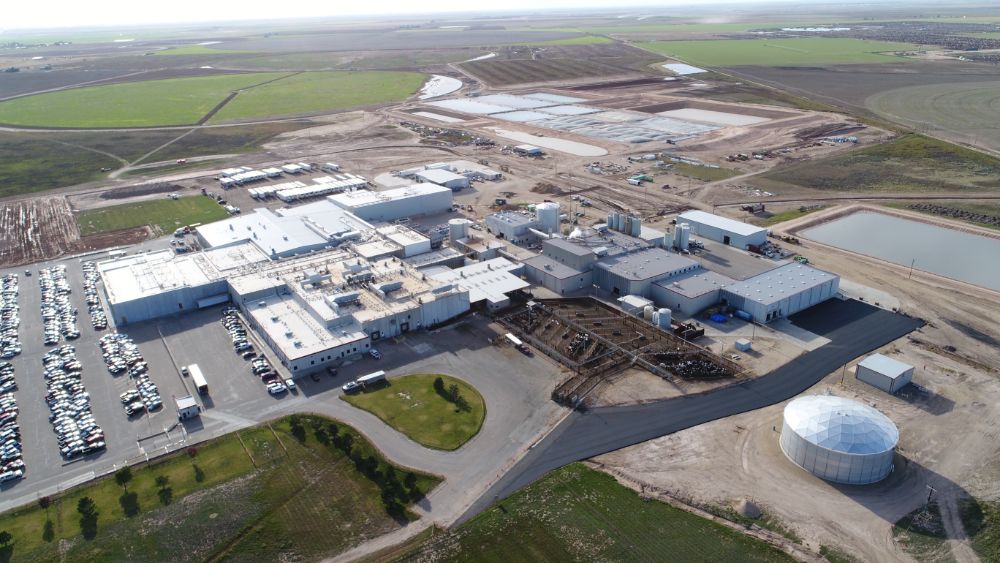A conservation practice beginning during the Dust Bowl is now threatening grasslands
PIERRE, S.D – In South Dakota, an ecological challenge dubbed the “Green Glacier” is advancing—a slow-moving invasion of eastern redcedars encroaching on the state’s precious grasslands.
Originating from measures initiated during the Dust Bowl to combat soil erosion, these trees are now compromising the health of the Great Plains. South Dakota State University (SDSU) researchers are at the forefront, seeking ways to halt this encroachment which threatens local ecosystems and agricultural productivity.
The issue began historically with the Great Plains Shelterbelt project, where millions of eastern redcedars were planted to create windbreaks and stabilize soil. Unfortunately, these trees have proliferated far beyond their intended areas.
With natural fire occurrences largely suppressed following nationwide anti-fire campaigns, the unchecked spread of these hardy trees has led to significant reductions in grassland areas.
Eastern redcedars diminish biodiversity and alter habitat conditions for native wildlife and plants. They consume vast amounts of water, impeding the flow of prairie streams, and their dense canopies inhibit the growth of native grasses crucial for both wildlife and livestock grazing.
To combat this issue, SDSU researchers and local landowners are reviving an ancient grassland management tool: prescribed burns. These controlled fires remove invasive woody plants while rejuvenating native plant species that are adapted to periodic fire cycles. Alexander Smart, a professor at SDSU, emphasizes the necessity of these burns for maintaining healthy rangelands and preventing further loss of grassland habitats.
Moreover, innovative community-driven solutions such as the Mid-Missouri River Prescribed Burn Association illustrate regional commitment to this cause. Established in 2015, this group has successfully conducted prescribed burns across 20,000 acres, demonstrating the effectiveness of coordinated community action.
The fight against the “Green Glacier” is a race against time. SDSU Extension specialists are intensifying outreach efforts to educate and equip more landowners with the skills needed for prescribed burning. The goal is to foster a widespread “culture of will” to undertake these burns, recognizing them as essential for sustaining the ecosystem.
Through continued education, community engagement, and strategic action, there is a strong chance to reverse the tide of woody encroachment and preserve the state’s grassland heritage for future generations.














